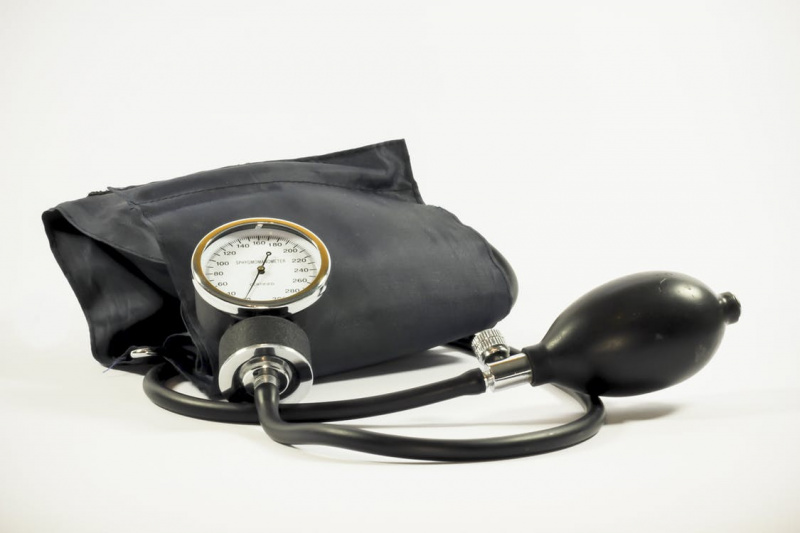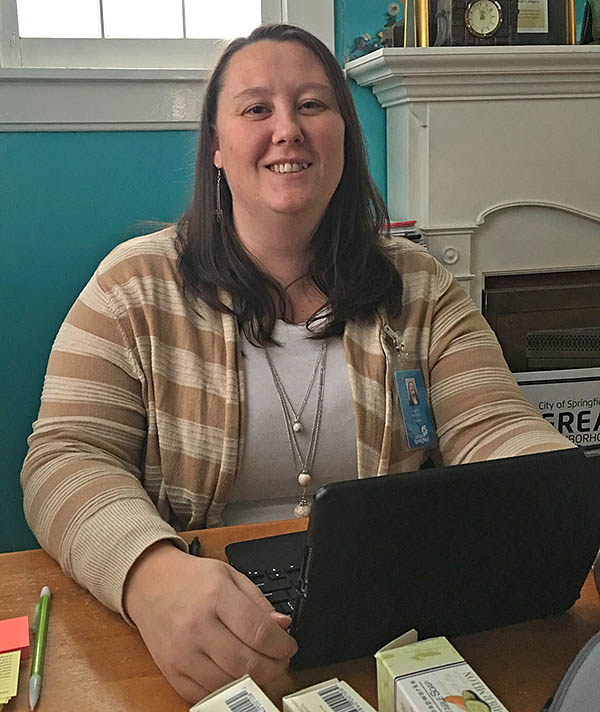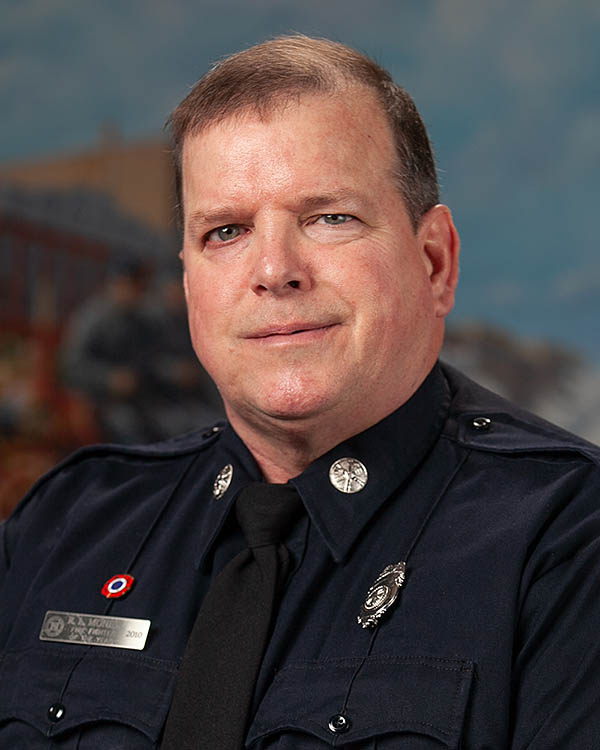According to new guidelines released by the American Heart Association and the American College of Cardiology in November 2017, nearly half of all adults in the U.S. (46 percent) now fit the definition of having hypertension, or high blood pressure. The organizations now recommend lifestyle changes and in some patients, medication, for anyone with a blood pressure of 130/80 mm Hg. The previous guidelines, released in 2003, recommended treatment at 140/90.
Blood pressure categories in the new guidelines are:
- Normal: Less than 120/80 mm Hg;
- Elevated: Top number (systolic) between 120-129 and bottom number (diastolic) less than 80;
- Stage 1: Systolic between 130-139 or diastolic between 80-89;
- Stage 2: Systolic at least 140 or diastolic at least 90 mm Hg;
- Hypertensive crisis: Top number over 180 and/or bottom number over 120, with patients needing prompt changes in medication if there are no other indications of problems, or immediate hospitalization if there are signs of organ damage.
The new guidelines eliminate the category of prehypertension, which was used for blood pressures with a top number (systolic) between 120-139 mm Hg or a bottom number (diastolic) between 80-89 mm Hg. People with those readings now will be categorized as having either elevated (120-129 and less than 80) or stage I hypertension (130-139 or 80-89).
Previous guidelines classified 140/90 mm Hg as stage 1 hypertension. This level is classified as stage 2 hypertension under the new guidelines.
“High blood pressure is known as the silent killer, often because there are no symptoms. Our goal is to help people understand what their blood pressure numbers mean, while facilitating access to care through a referral process when needed. By properly managing high blood pressure with a care team, heart disease or a stroke may be prevented down the road,” says Heather Parker, who coordinates the Springfield-Greene County Health Department’s Community Health Advocate Program.
Community Health Advocate Lacy Nichols goes door to door in north Springfield neighborhoods to offer blood pressure screenings. She also visits libraries, transit centers, grocery stores, churches, food banks and other gathering places and connect with neighbors through meetings and events.
Nichols grew up in the Grant Beach Neighborhood and graduated from Drury University with a bachelors of science degree in criminal justice and previously worked at the YMCA. She has helped with the supplemental produce distributions and is a member of the Grant Beach Community Garden. She says she enjoys being more involved with her community while helping people live a better life.
A new function of the Community Health Advocate Program is to assist those battling opioid addiction in Springfield. After patients have undergone medically assisted addiction treatment at Jordan Valley Community Health Center, Community Health Advocate Bob Monier connects them with resources in the community to help them maintain sobriety and address any mental health issues.
Monier, a former firefighter, has lived most of his life in the Springfield area except for several tours in the military. He currently splits time between the Health Department and Jordan Valley Community Health Center. He says he feels good about helping the Springfield community turn the tide against the opioid crisis.
“Within both arms of the advocate program, the Health Department utilizes frontline public health workers who serve as trusted members of their community to bridge gaps and reduce barriers to better health,” Parker says. “The advocates build individual and community capacity by increasing health knowledge and self-sufficiency through outreach, education, social support and advocacy.”
If you would like more information about how to connect with a community health advocate, please visit health.springfieldmo.gov/advocate, or contact Heather Parker at 864.1432 or [email protected].




